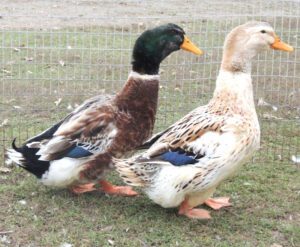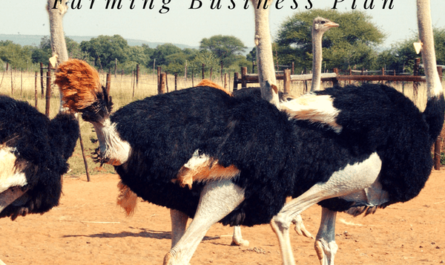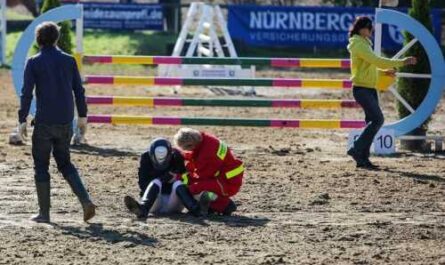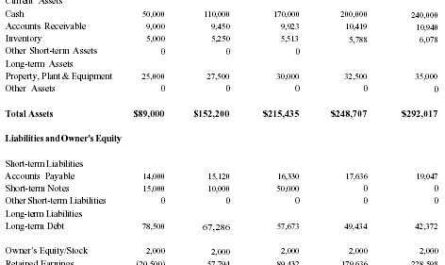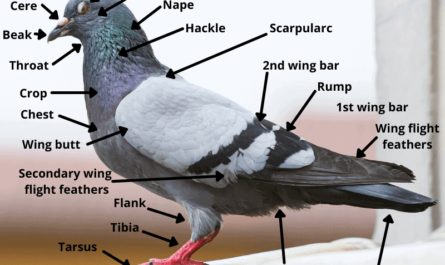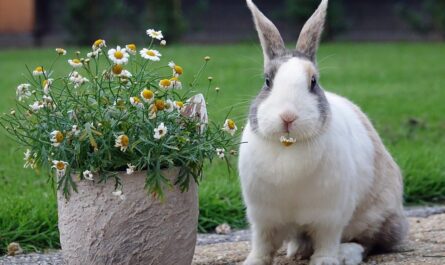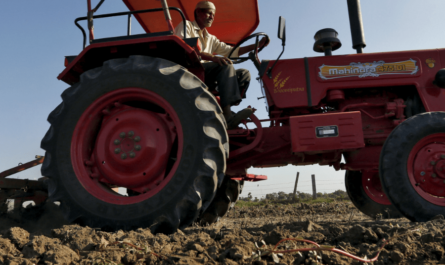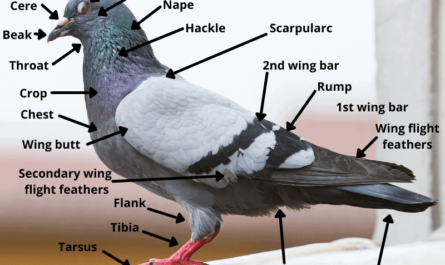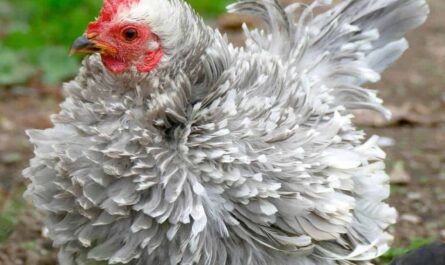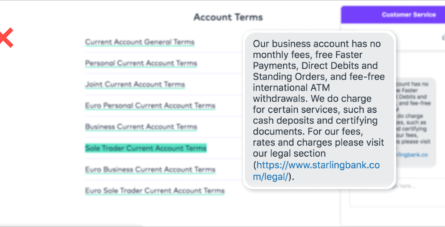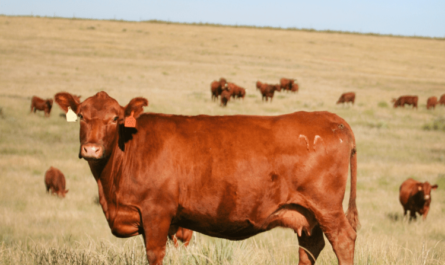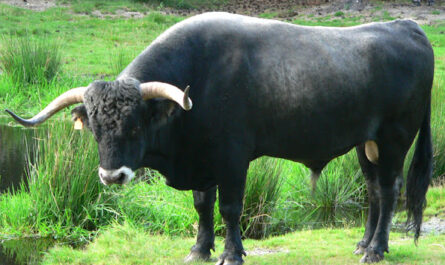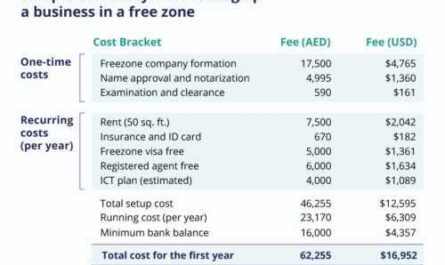Sheep shearing is essential to the health and happiness of your sheep. Although shearing sheep is actually a dirty, sweaty and tiring job, it is at the same time a very rewarding job.
By the way, it is very important to learn more about shearing sheep, otherwise you can spoil the wool, cause stress or even injure the animal.
Sheep shearing is actually a process in which the wool of a sheep is cut. Each adult sheep is usually sheared once a year.
And most often, the annual shearing takes place in the barn (where sometimes hundreds of sheep are sheared, or even more).
Usually, sheep are shorn at any time of the year, depending on climate, household needs (as well as the availability of shearing and wool shearing).
Sheep can be sheared at any time, but ewes are usually sheared before lambing. But shearing a sheep before or in winter is not recommended.
Sheep shearing is considered a sport in some places and competitions are held all over the world.
However, it can sometimes be very difficult to find someone to shear the sheep.
You might consider doing the process yourself. If you are new to the process, here we will go into more detail on how to shear a sheep.
sheep shearing process
You can hire an experienced sheep shearer (it will cost you money). If you’re new to this process and want to do it all yourself, follow this guide. Here we describe more information about sheep shearing.
Get Shearing Equipment
It is very important to have high quality shearing equipment. Quality shearing equipment will make the shearing process much easier and safer for you and your animals.
The most widespread today are electric cutters. Exact price may vary by region. Therefore, please visit the nearest sheep shearing equipment stores for more information.
Put the sheep in the paddock
Before you start shearing, you need to round up the sheep in a pen. And if possible, you can divide the sheep into groups.
You can keep lambs, ewes, rams and yearlings separately from each other. And don’t let the sheep get wet before you shear them.
It will be good if you do not feed them the day before the haircut.
This will reduce the amount of waste they produce and help keep the cutting floor clean (it also minimizes the discomfort of rolling over on your back for a haircut).
Bring the sheep into the right position
Proper sheep posture is the first step to shearing sheep. In fact, there are five basic positions that you will need to use in the haircut process.
In the first position, the sheep rolled gently onto its back, then supported its shoulders with its knees for support.
The sheep’s belly should be open and all four legs should be in the air.
You should always remember, “The more comfortable your sheep is while shearing, the less resistance it will have.” And it will make your haircut much easier.
start haircut
Start shearing the sheep from the belly, and the wool on the belly is usually the dirtiest and has no selling value.
So the best place to start is with the belly of the sheep. Cut the coat from the upper chest to the exposed groin using long even strokes.
You need to make the first stroke from the right side, the second from the left side, then cut the wool between them.
Make sure the first and second belly are far enough apart, which will make it easier for you to do the rest of the work in the future.
Cut the inside of the hind legs and crotch.
After shearing the belly, it’s time to trim the inside of the hind legs and the crotch.
Hold the sheep firmly between your knees and pass the scissors inside your right leg.
Next, move the scissors to remove hair along the crotch (repeat this stroke to ensure all hair is removed).
Then run the scissors along the inside of the right leg. Here you need to know about sheep teats.
To avoid accidental shaving of the nipples, it is recommended to cover the nipples with the non-dominant hand (in most cases, the left hand).
Reposition and trim left hind leg and tail
You have to change position and you have to turn around 90 degrees.
You should do this so that your right knee is in front of your breastbone and the sheep’s right front foot is between your legs and its left side is open.
Next, first shear the wool from the sheep’s left hind leg (starting at the toe and working up towards the hind limbs, ending on the side near the spine).
Then step your right foot back a few centimeters to gain better access to the sheep’s tail.
You should position the scissor comb so that it enters the coat from the top of the tail.
Strike the top of the tail along the spine and repeat the process once or twice until all hair is removed from this area.
Change position again and cut chest, neck and chin
Place your right foot between the sheep’s hind legs and your left foot at the base of the spine, holding the sheep’s body firmly between the knees.
Grasp the sheep under the chin with your left hand and pull its head back.
Next, bring the cutting pliers from the chest to the neck, ending just below the sheep’s chin.
Continue making long parallel strokes down the left side of the sheep’s neck (ending first under its eye and then under its ear). Hold the sheep’s ear with your left hand so you don’t cut it.
Left Shoulder Haircut
To get better access to the sheep’s left shoulder, you can shift your weight and maneuver around a bit.
Stretch the skin with your left hand, as the skin on the shoulders can be quite wrinkled.
Shear the sheep toward the left shoulder, starting at its left knee, using one or two strokes to clean the fleece.
You can take the opportunity to clean the fleece from the inside of the left front leg of the sheep.
Change position again and reduce
You can move to the next position (4th) by sliding the lamb down the shin until it rests on its right side.
You should keep your right foot between the sheep’s hind legs and your left foot under the sheep’s shoulder.
This is the position for long strokes that span the entire back of the sheep.
With the scissors on the tail of the sheep, make a long, straight cut. Hit the sheep’s head, staying parallel to the spine.
Continue giving these blows to the back until one blow to the spine and the entire left side of the sheep is free of wool.
Reposition again to cut the right side
You need to change the sheep shearing position again to shear the sheep from the right side.
This is the fifth and last position. You need to turn your right leg to stand straight with the sheep’s nose between your knees.
Then make a haircut on the right side of the head, neck and shoulders. To accomplish all of this, you will need to use 3 or 4 separate keystrokes.
Trim the hair on the right front paw (shoulder to toe) as soon as the neck and shoulder are trimmed and waxed.
And then do a series of diagonal strokes on the side of the sheep to clean the wool on that side.
Next, cut off the right leg and back.
This is the last step and in this step you will shear the wool from the right leg and back of the sheep. Bring your right leg forward slightly.
You need to do this so that you can reach out and put your left hand on the right side of the sheep, pressing it hard.
This will force the sheep to keep the leg straight (while stretching the hide).
Shear in a curved motion from the side of the sheep to the right hind leg. Then perform the final strokes when the leg is clean to remove the last hairs from its hindquarters.
Do! Congratulations! You have successfully sheared your sheep. You also need to clean the wool, and that’s also part of shearing the sheep.
Skirt and fleece roll
After shearing the sheep, you will need to wind the wool and roll it up. Basically, skirting means removing dirty or “random” wool that has no value.
Lay the fleece flat side down on a flat table or other surface to cut the wool. Spread the fleece completely, it forms a single layer.
Then remove any dirty or soiled wool from the outer edges of the fleece. All undyed hair, tags or tangled hair should be removed.
After the plinth, you can roll up the fleece. You can fold the long sides of the fleece towards the center, then roll the fleece end to end (so that the physical side is facing out). Now the roll can be easily transported for sale. Good luck!
video






